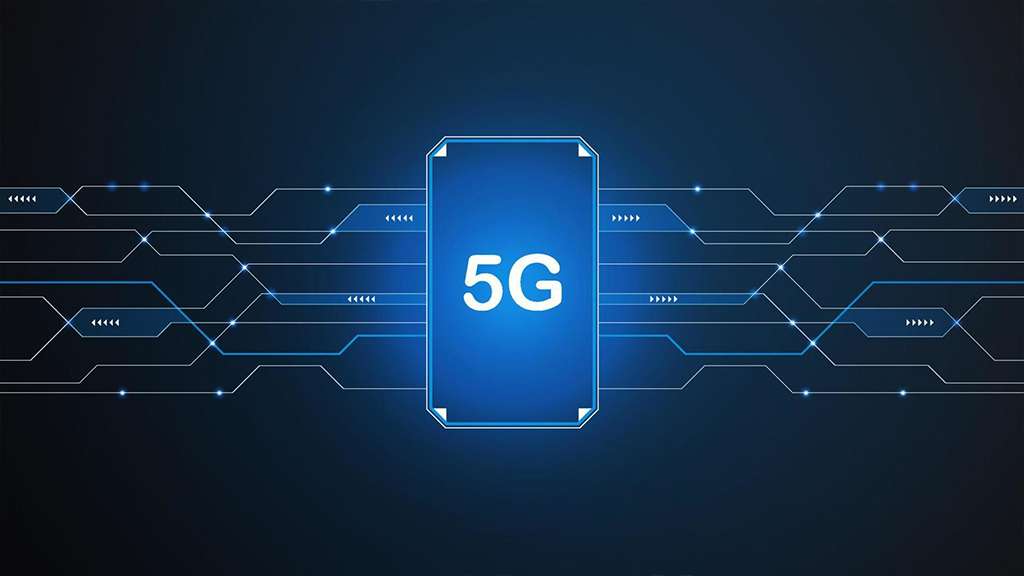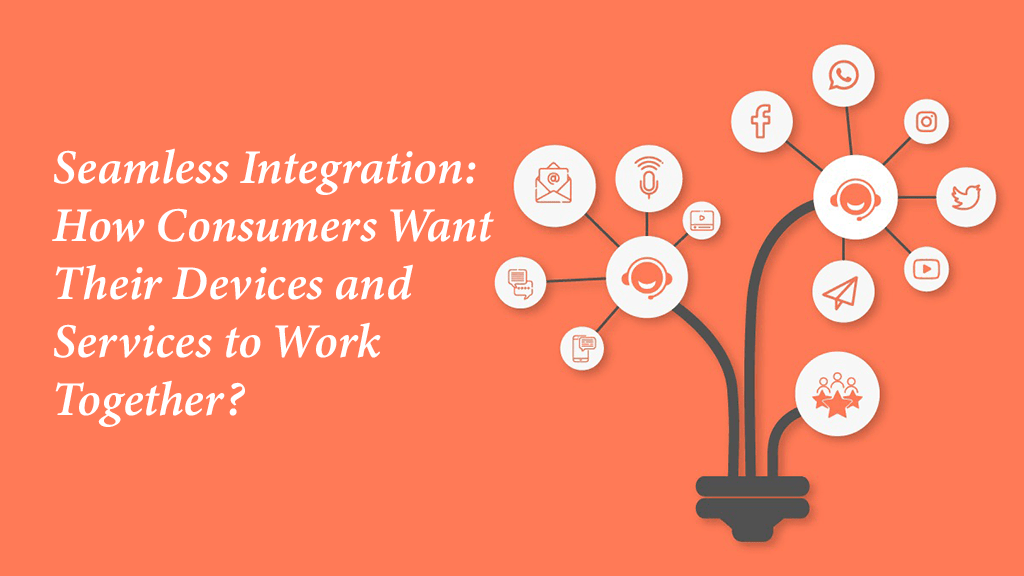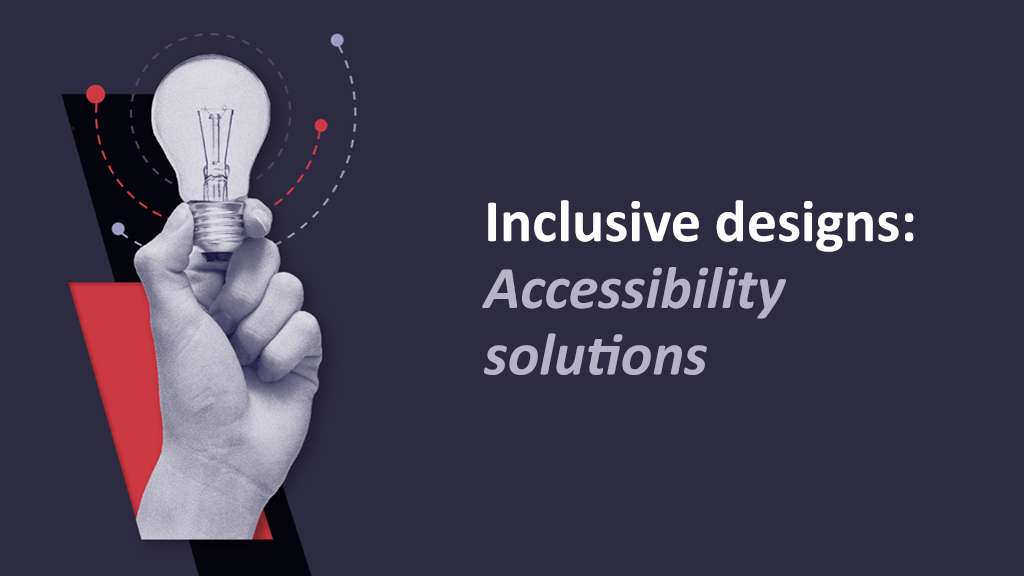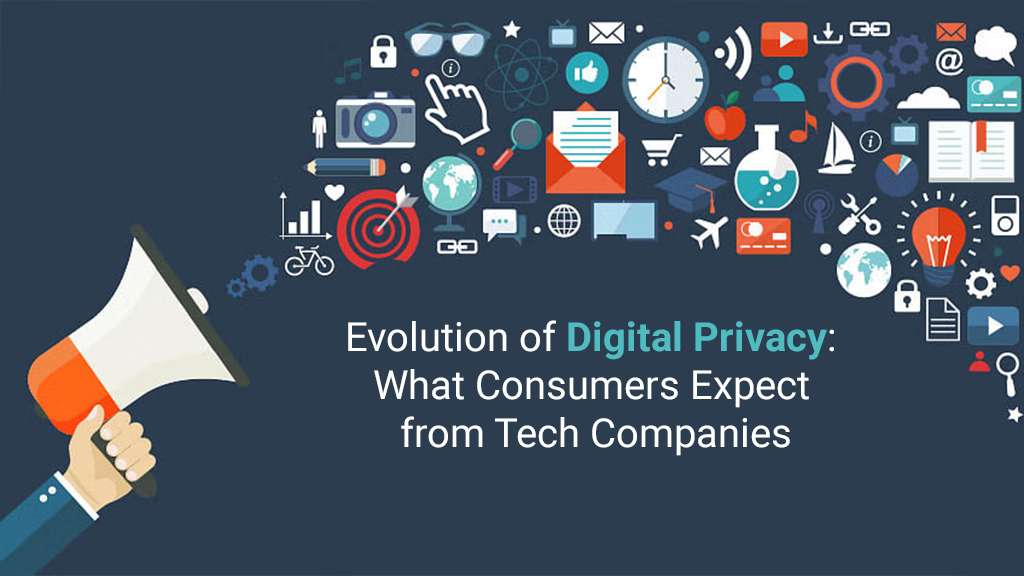The Future of IoT: Predicting Trends and Emerging Applications Beyond 2025

The future of IoT appears boundless. Advances in AI integration, more flexible networks, and large-scale job management will accelerate the industrial internet.
The goal is not only to connect billions of devices, but also to automate different business processes with the massive amount of data these devices provide.
But what lies ahead for IoT technology? In this article, we delve into the latest trends and developments shaping the technological landscape beyond 2025.
Top IoT Future Trends & Predictions
With an estimated valuation of $1.17 trillion in 2024, the IoT industry is projected to increase at a rate of 15.12% annually to $2.37 trillion by 2029 [1].
Let’s have a look at the following, future IoT technologies:
Edge Computing – Low Latency & Security
Edge computing processes data closer to users, which lowers latency and network strain in real-time applications. By limiting data transmission to central servers, this method lowers the danger of hacking and improves IoT security.
It also makes decision-making rapid, which is important when it comes to security and safety. For instance, it can enable autonomous vehicles to make split-second decisions that could prevent fatalities while driving and trigger factory machinery to stop when someone enters forbidden zones.
Artificial Intelligence & IoT (AIoT)
IoT sensors improve AI’s data pipeline significantly. High-quality data, such as real-time feeds from production sensors, enhances machine learning and makes predictive maintenance possible — a critical AI use in manufacturing.
Plus, IoT and AI can work together effectively to improve visual inspection in various industries. High-quality data is necessary for pattern detection in machine learning.
Consequently, as IoT networks expand, machine learning will thrive more in the near future.
IOT Connectivity — 5G, WI-FI 6, LPWAN & Satellites
Compared to LTE, 5G provides wider coverage and faster processing, while Wi-Fi 6 increases indoor setup bandwidth, which is very useful for smart homes. On the other hand, low-bandwidth wide-area networks, or LPWANs, are perfect for machine-to-machine communications.
Furthermore, geographically distributed networks, like emergency reporting for humanitarian missions, benefit from satellite-powered solutions like Traksat, which use GPS data to enable quick rescue reactions.
IoT in Healthcare
IoT devices have multiple applications in the healthcare industry. These devices remotely monitor patients, aid in diagnosis, gather research data, and develop treatments.
With the population on the rise, virtual hospitals can be a new trend, which allows patients to stay home while hospitals will monitor them centrally.
Generative AI will be converting patient data into natural language reports in 2024 and beyond. The IoT healthcare market is projected to reach $150 billion in 2024, aiming for $289 billion by 2028.
Retail IoT
IoT is widely used in retail, where it may be found in RFID marketing tools, automated checkouts, foot traffic tracking, and inventory management. Even though not every endeavour is successful — Amazon closed its contactless stores in 2023 — it continues, as seen by programmes like pay-by-palm.
As per IoT market trends, by 2031, retail IoT spending is expected to increase from $28.14 billion to $177.9 billion. Retailers are driving the adoption of IoT by seeing how important it is for improving customer experiences.
Smart Cities
Numerous uses for IoT technology exist in smart cities. City-wide sensor deployment enhances traffic monitoring, which is essential for optimisation.
Monitoring the level of water helps detect and prevent flooding. In addition to monitoring traffic, detecting weather, providing public Wi-Fi, and enabling surveillance, smart streetlights serve as sensor platforms.
With the option to be mounted directly on light poles, they function as edge devices that regulate digital street signs.

Emerging IoT Applications
Here are some emerging IoT applications to look forward to:
- Autonomous vehicles: Transportation is changed by autonomous cars, which lower the number of accidents brought on by human error. They face challenges including laws and technological limitations, but they also employ technology to make quick judgements that improve efficiency and safety.
- Delivery drones: Delivery drones are exciting next-generation IoT solutions. Voice-activated home IoT devices and drones delivering meals and e-commerce goods excite consumers with their promise for convenience and economic growth.
- Digital twin technology: Digital twins are an excellent IoT tool that reduce waste, improve testing, and save time and money by accurately imitating real-world circumstances.
- Smart home security systems: Smart home security solutions improve investor and homeowner security by using cameras and sensors to monitor houses and offer convenient protection.
- Instant anomaly detection at vital sites: IoT technology driven by AI improves security through the integration of remote connectivity and computer vision. It protects vital infrastructure, such as electricity and water supplies, by quickly identifying anomalies at susceptible edge areas.
The IoT Threats: Privacy & Safety
Of course, IoT brings efficiency and convenience, but along with it also raises some concerns regarding privacy and security.
Have a look at the following aspects:
- Invasive Data Tracking: It’s possible that device makers are collecting a lot of customer information, which could jeopardise user security and privacy.
- Unauthorised Access: An increased number of endpoints increases the possibility of unauthorised users altering IoT networks or devices.
- Compatibility Issues: There may be security and privacy vulnerabilities in certain IoT devices if they are incompatible with modern security measures.
Conclusion
To sum up, there are a number of exciting technologies in the IoT future that have the potential to completely transform a wide range of businesses.
Edge computing lowers latency, improving security and efficiency, and AIoT combines AI with IoT sensors to enable sophisticated data analysis. IoT capabilities are expanded by connectivity alternatives like 5G and LPWANs, opening up a wide range of applications from smart cities to healthcare.
However, to create a seamless and safe IoT environment that promotes innovation and societal advancement, it is necessary to address privacy and safety issues to embrace new applications such as driverless vehicles and delivery drones.
https://www.mordorintelligence.com/industry-reports/internet-of-things-iot-market


Seamless Integration How Consumers Want Their Devices and Services to Work Together
July 17, 2024 Read More

